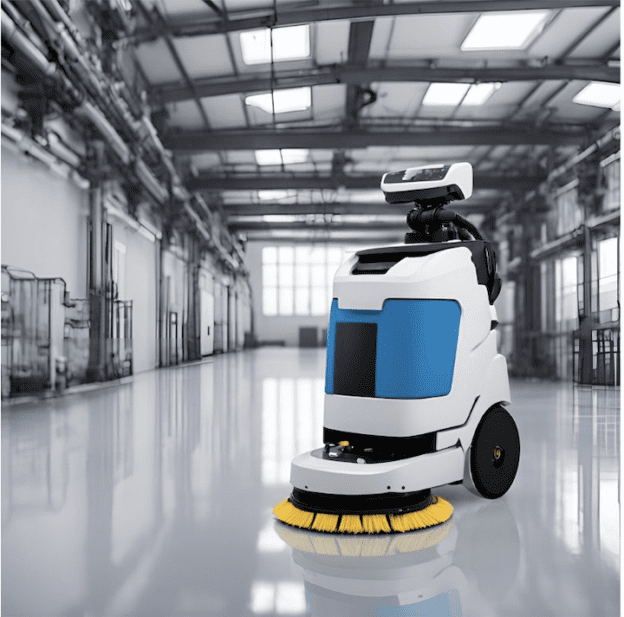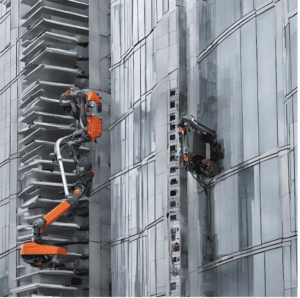Integrating technology, a pervasive force in modern state-of-the-art buildings brings numerous benefits to janitorial services. In commercial and residential properties, these services are of paramount importance. High-rise buildings, designed with cutting-edge technologies to enhance the quality of life and business operations, rely heavily on the safety and well-being of all individuals within the premises. The janitorial services portfolio caters to these critical requirements. Conventional work methodologies have evolved to foster a safer and healthier environment. Adopting technology in cleaning equipment and appliances has not just advanced but has revolutionised the maintenance of building infrastructures. The impact of the COVID-19 pandemic has notably accelerated the transformative journey toward sustainability, and technology integration is a crucial driver of this progress.
This discourse not only delineates the common application domains suitable for embracing technology-driven transformations but also underscores the pivotal role of the Facility Manager. By judiciously selecting the appropriate technology for the facility, they are not just making a choice but actively shaping their buildings’ future. This approach empowers the Facility Manager and makes them feel responsible for the technological advancements in their respective buildings.
- Robotic applications in typical challenge areas for cleaning –

Building façade cleaning
Drainage network cleaning
Air duct cleaning
Confined spaces –
Underground and Overhead Water Tank Cleaning
Underground Fuel Storage Tank Cleaning
Cleanroom sanitation
Exploring appropriate innovative cleaning regimes across various areas is crucial to achieving optimal results and controlling costs.
Amenities (Swimming Pool, Theatre/Conference Hall, Sports facilities), Facility Occupancy
Cafeteria (Refrigeration, Storage, Kitchen, Seat area), restrooms,
Escalators, Stairwells
Carpet extraction
Floor cleaning – Vacuuming, Sweeping, Mopping, Scrubbing
Buyer’s Guide for a Facility Manager?
Define needs statement
Concerns
o Safety
Health and Hygiene
o Cyber Security
o Environmental impacts,
o Occupancy and Time management, Customer satisfaction
Ease of access and use of new technology
Janitorial management software providing
Predictive Analytics and activity scheduling
o Resource planning and mapping utilisation
o Information traceability
o Reporting dashboard
o Tracking compliances – SLA, Regulatory and Statutory guidelines
o Customer Feedback Analytics
o KPI monitoring
Interoperability of IoT devices working with different systems and sub-systems
Resource utilisation – Water, Energy, Person-hour, Costs
Information required from the site
Surface area schedule
Architectural measurements of the building
Type of surfaces
Facility purpose
Occupancy
Criticality and Priority areas
Working hours
Advancements in technology have positively impacted the management of cleaning services, leading to improved service delivery and environmental sustainability, ultimately boosting business profitability. The challenges presented by the COVID-19 pandemic have also sparked new opportunities for multifaceted business growth.
Today, the challenge is to make intelligent choices about improvising the best purpose-built technology into conventional service regimes.



